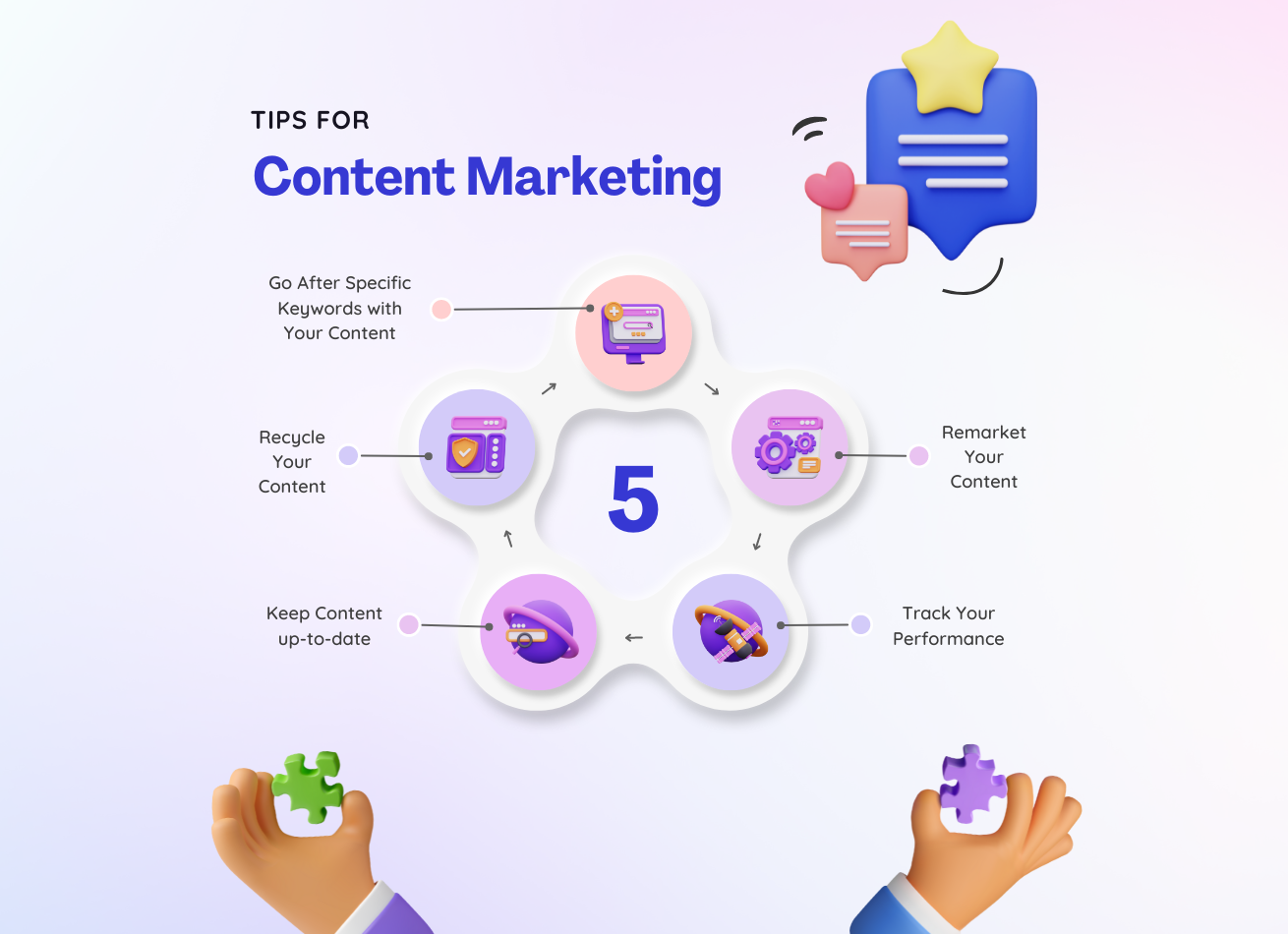Introduction
Content marketing is a game-changer for startups looking to build brand awareness, engage their audience, and drive growth. In the early stages, many startups struggle to compete with established brands due to limited budgets and resources. This is where a well-crafted content marketing strategy comes into play. It allows startups to attract, engage, and convert customers organically. In this guide, we’ll explore the essential steps to develop a powerful content marketing strategy that aligns with your startup’s goals, helps you stand out in a crowded market, and drives measurable results.
Section 1 - Problem Statement: The Content Marketing Challenge for Startups
For startups, establishing a foothold in the market is challenging, especially when competing against established brands with massive budgets. According to a study by the Content Marketing Institute, 65% of startups struggle with creating engaging content and generating traffic to their websites. The lack of a defined content strategy often leads to wasted resources, inconsistent messaging, and low ROI. Startups face unique challenges such as limited time, manpower, and budget, making it difficult to sustain an effective content marketing plan. Without a clear strategy, startups may also miss opportunities to connect with their target audience, resulting in lost sales and slower growth.
Startups need a content marketing approach that is strategic, scalable, and sustainable to overcome these hurdles. The right strategy can help build brand authority, attract qualified leads, and create a loyal customer base, setting the foundation for long-term success. But how do you develop a content marketing strategy that drives real results without burning through your limited resources? Let’s dive into actionable solutions.
Section 2 - Solutions/Advice: Building an Effective Content Marketing Strategy
- Define Clear Goals and Objectives
Start by setting clear, measurable goals for your content marketing efforts. Whether it’s increasing website traffic, generating leads, or boosting brand awareness, your goals should be Specific, Measurable, Achievable, Relevant, and Time-bound (SMART). Knowing your objectives will guide your content creation and help you track progress.
- Understand Your Target Audience
Creating content without understanding your audience is like shooting in the dark. Use tools like Google Analytics, social media insights, and customer surveys to gather data on your audience’s demographics, preferences, pain points, and behaviors. Develop detailed buyer personas that represent your ideal customers. This helps in creating content that resonates with them and addresses their needs.
- Choose the Right Content Types and Formats
Different types of content serve different purposes. For startups, focusing on a mix of blog posts, videos, infographics, podcasts, and case studies can be effective. Educational content, such as “How-to” guides, lists, and whitepapers, can help establish your authority. Visual content like infographics and videos often generate higher engagement on social media. Choose formats that align with your audience’s preferences and your startup’s goals.
- Create a Content Calendar
A content calendar helps in planning, organizing, and executing your content strategy effectively. It ensures consistency, which is crucial for building brand recognition. Include key dates, content topics, formats, publishing platforms, and assigned team members. Use tools like Trello, Asana, or Google Calendar to manage your content calendar.
- Optimize for SEO
Search Engine Optimization (SEO) is critical for driving organic traffic. Conduct keyword research to identify the phrases your target audience is searching for. Use these keywords naturally in your content, including titles, meta descriptions, headers, and alt tags for images.
Make sure your content is also optimized for mobile devices, as a large portion of searches comes from mobile users.
- Promote Your Content Effectively
Publishing content is just half the battle; promoting it is equally important. Share your content on social media platforms where your audience is active. Engage with communities and forums like Reddit or Quora. Consider running paid promotions or collaborating with influencers to amplify your reach.
- Measure and Analyze Performance
Use tools like Google Analytics, HubSpot, or SEMrush to measure the performance of your content marketing efforts. Track key metrics like page views, bounce rates, average time on page, and conversion rates. Analyze what works and what doesn’t, and adjust your strategy accordingly.
Section 3 - Benefits: Why Startups Should Invest in Content Marketing
Investing in content marketing offers several benefits for startups, including:
– Builds Brand Authority: By consistently producing high-quality, valuable content, startups can position themselves as industry experts and thought leaders.
– Cost-Effective Lead Generation: Content marketing generates three times as many leads as outbound marketing while costing 62% less, making it highly cost-effective for startups with limited budgets.
– Improves SEO and Online Visibility: Regularly publishing SEO-optimized content improves search engine rankings, making it easier for potential customers to find your startup online.
– Engages and Educates Customers: Content allows startups to educate potential customers about their products or services, helping them make informed purchasing decisions.
– Builds Customer Trust and Loyalty: Providing consistent, valuable content helps build trust with your audience, which is crucial for customer retention and long-term success.
Section 4 - Case Studies/Examples: Successful Startups Leveraging Content Marketing
Case Study 1: Buffer
Buffer, a social media management platform, grew from a small startup to a recognized brand largely through content marketing. Buffer’s blog became a go-to resource for social media tips, which helped them attract and retain customers. Their transparent approach, sharing their journey and even company metrics, created a strong community and trust among users.
Case Study 2: Groove HQ
Groove, a customer support software startup, used content marketing to generate over $500,000 in monthly revenue. They documented their journey to $100k MRR (Monthly Recurring Revenue) and shared valuable insights, strategies, and lessons learned. This transparency and value-driven approach attracted a large audience and converted them into loyal customers.
Conclusion
Content marketing is not just a buzzword; it’s a vital strategy for startups looking to build their brand and drive growth. By setting clear goals, understanding your audience, choosing the right content types, and leveraging SEO and promotion, startups can create impactful content that resonates with their target audience. Start small, be consistent, and focus on providing value, and your startup can achieve remarkable results. If you found these tips helpful, subscribe to our newsletter for more insights and strategies, and feel free to share your content marketing experiences in the comments below!





